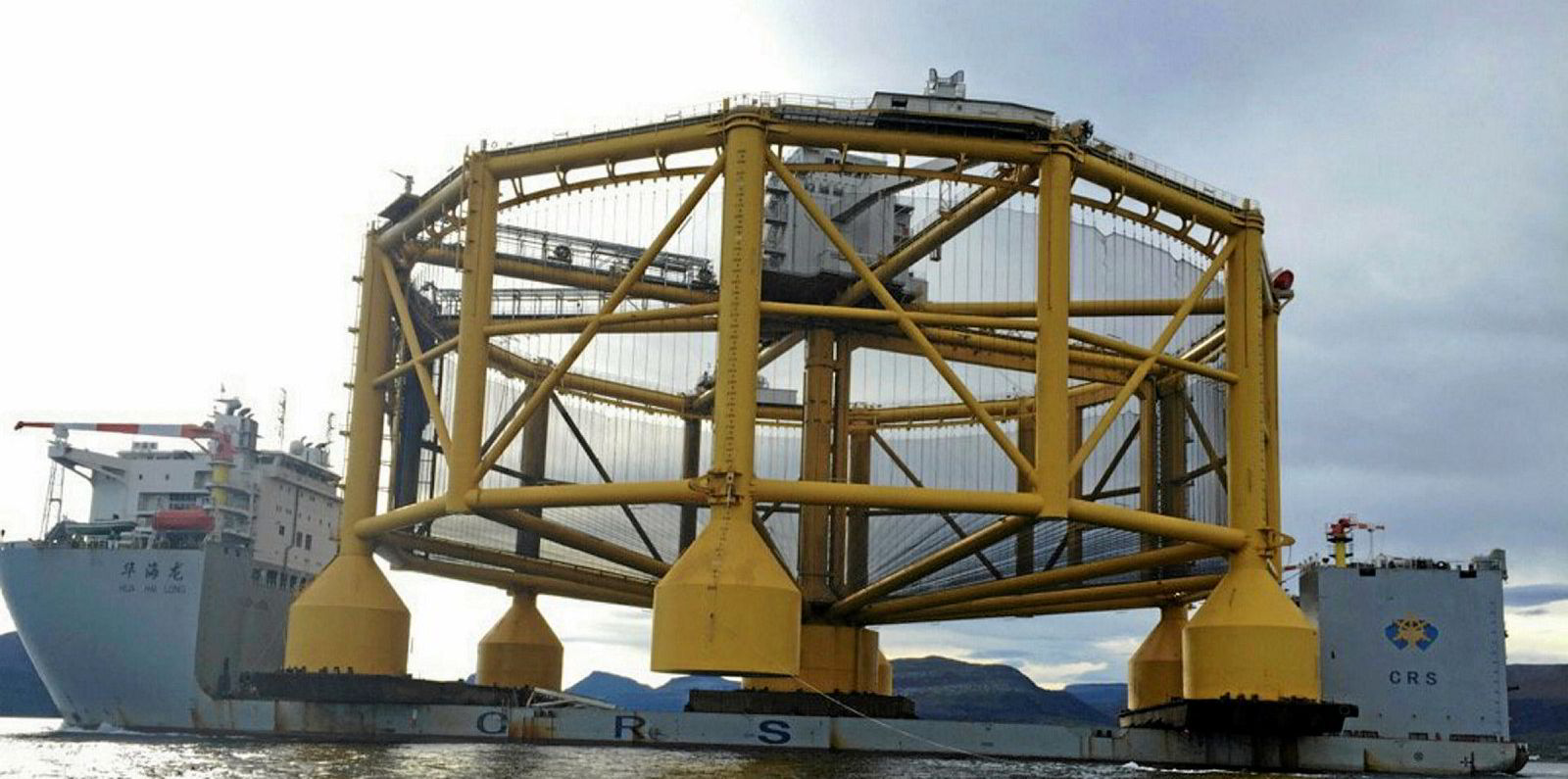It’s an interesting coincidence that the same week that Atlantic Sapphire’s dreams of expanding the farming of salmon onto land literally went up in flames, Rabobank published a major new report describing the vast potential of offshore aquaculture to sustain salmon aquaculture’s growth.
Recirculating aquaculture systems (RAS) and offshore farming are both attempts to engineer novel solutions to the significant geographic and climate constraints facing aquaculture producers, particularly our colleagues in the salmon sector.
John Goldman is the CEO of Australis Aquaculture, the world's largest vertically-integrated barramundi producer.
Having reached the point where the vast majority of suitable coastal sites are fully exploited, climate risks are adding new urgency to the search for potential solutions to support long-term growth in production.
What about capital and operating costs?
While novel approaches to offshore production may hold tremendous potential, these models, like salmon recirculating aquaculture systems (RAS), are far more capital-intensive than the coastal approach that has driven salmon aquaculture’s profitability over the past three decades.
Capital expenditure (CAPEX) per ton of output for the offshore projects identified by Rabobank are two to four times higher than for coastal production.
Operationally, farming in exposed, high-energy sites requires new technologies that carry ill-defined risks and uncertain costs. There has been scant public analysis to understand these -- but the experience of the pioneers suggests that managing the essential production workflows on offshore farms may be a lot more difficult and costly to reliably execute compared to the traditional coastal model.
Yet, unlike RAS, the offshore model offers no promise of offsetting these higher costs with reduced transportation expenses.
Given the interactions between physics and biology that define this challenge, I suspect that success will prove more attainable for offshore aquaculture than for large scale salmon RAS, but the timeframes required to develop and refine these offshore technologies and accumulate the experience could be considerable.
As Rabobank cautions: "Success is not guaranteed."
Read more
The promise of the marine tropics
Accepting the necessity of increasing seafood supply and living with the inherent risks of scaling novel technologies for raising salmon in new environments, investors may be missing the biggest prize and the “low hanging fruit” represented by tropical marine aquaculture.
The tropics contain the world’s largest stable thermal coastal area with suitable conditions for aquaculture. They hold vast potential for sustainable farming without the need to develop fundamentally new, higher-cost, higher-risk technologies.
What is required is deep experience with new species -- barramundi, grouper, pompano and others -- that have profiles broadly accepted by consumers, thrive in warm waters, can be produced at scale at a low cost and with acceptable risk for investors. When we look at the return characteristics available today in aquaculture, we don’t see comparable opportunities or as much growth potential as we see in the tropics.
When salmon producers visit Australis’ farms in central Vietnam, they’re often shocked to find themselves in such a familiar setting.
And that's precisely the point.
We benefit from decades of development that has created this highly cost-effective, proven coastal production model. Applying this to new species in untapped waters may be the best way to ensure aquaculture fulfils its promise to the future.




